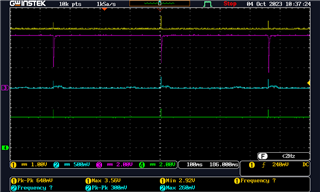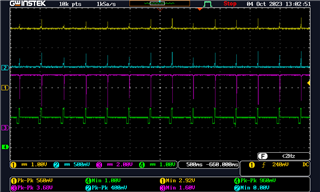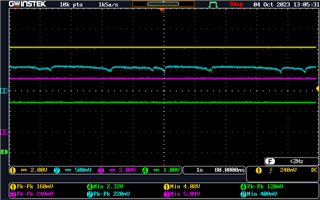Greetings,
I am using BQ25619E IC on board with following schematic.
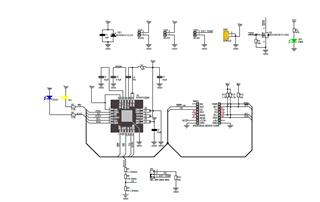
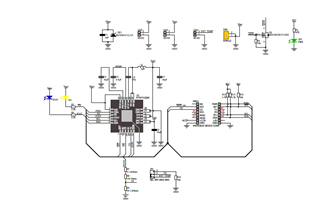
I have not programmed the IC and have connected a 2.6V battery. I connected both CE and PSEL pin to ground (GND).
Now, I am connecting USB Board with USB Protection IC as shown in the schematic. The VBUS and GND signals go to the BQ25619E Board.
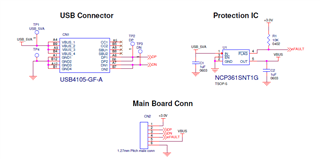
When I connect Adapter, the battery charges smoothly till 3.0V but PG and STAT LED starts flickering when the battery voltage reaches 3.0V. What might be the reason for this?
The USB protection IC is triggered only when the Input current on VBUS is greater than 750mA. But the default settings in BQ25619E for Pre-charge current (40mA), Termination charge current (60mA) and Fast charge current setting (340mA) do not exceed 750mA. So why is there a flickering of PG and STAT LED?


